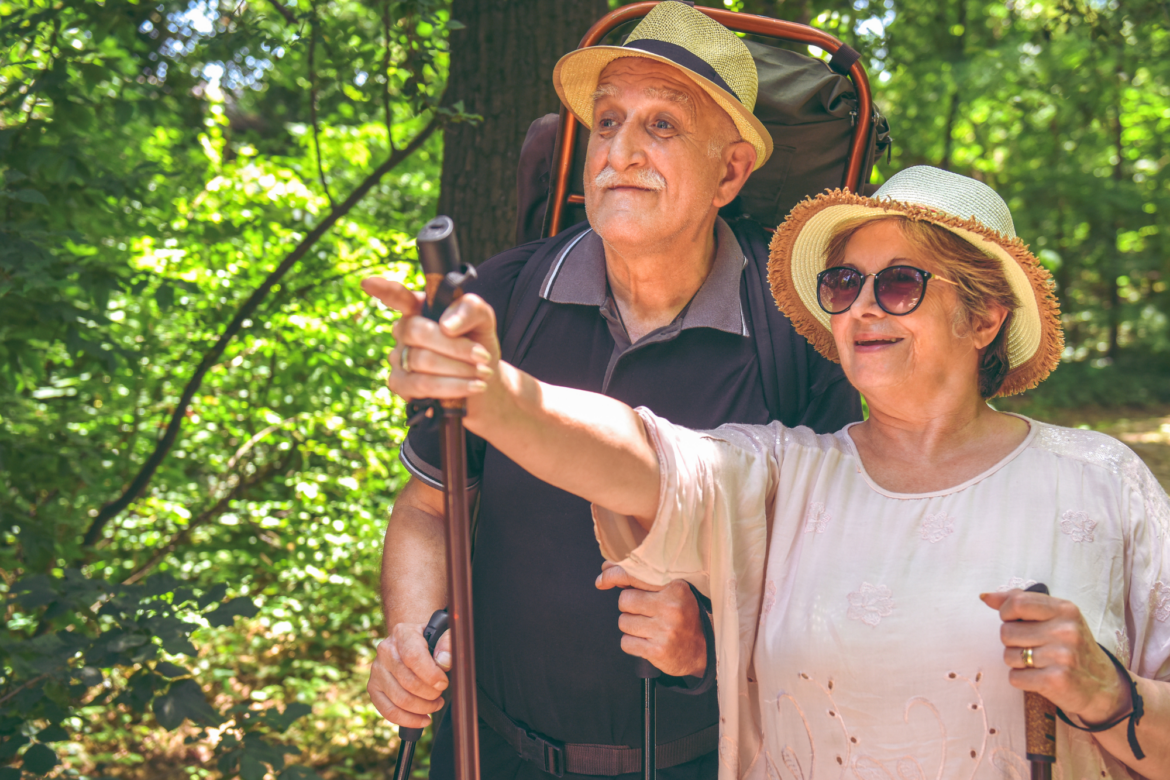Benefits of Balance and Proprioceptive work
Compared to other forms of exercise, the amount of time dedicated to balance and proprioceptive training is significantly less. However, it is arguably just as (if not more) important for injury and fall prevention. No matter your age or activity level, balance is challenged through things like altered surfaces, changing body positions, stair height, curbs, inclines, etc. In this blog, I hope to emphasize and educate on the importance of continued and targeted balance training to help prevent both injuries and falls throughout all ages. As with other forms of exercise, there are always progressions to increase the difficulty and target specific concerns. I hope to give some guidance for individuals looking to start a generalized balance program, but know that progressions are possible.
Dosage
When looking to begin incorporating balance and proprioceptive work into your exercise regime, proper frequency and duration to obtain maximum results are imperative. More recent research has shown that a minimum of three months, three times per week at 30-45 minutes per session is reported to have the most optimal results with balance improvements. Benefits of this type and intensity of training result in maximum improvements in areas of balance such as body awareness, reaction time, fall prevention, coordination, and injury prevention.
Balance Exercise types and examples
There are three main forms of balance work I will highlight in this article with a few examples of each. You must be able to practice as much as you can to achieve the best results possible from balance and proprioceptive training. The first area of balance that is most commonly practiced is steady-state balance. Progressions of this type of balance work would include: Standing balance with feet together, standing with feet together and closing eyes, standing tandem with eyes open or closed, and continuing to progress to single-leg balance with eyes open or closed. Other progressions would include challenging oneself with the type of surface (examples include foam, half foam roller, and BOSU ball). There are many other progressions but these include several steady-state balance options.
Reactive Balance
The second type of balance is reactive balance. This simply includes perturbations by an outside force that challenges one’s balance. A prime example of this would include performing a steady-state balance activity and having another individual perform gentle perturbations (pushes) in different directions to challenge. Another option would include holding one end of a yoga strap or rope and having someone pull at varying times, directions and speeds.
Proactive Balance
The third type of balance is proactive. This is a form of balance that works on the body’s ability to prepare itself to assess and carry out appropriate reactions to different situations. A beneficial and more functional way to practice proactive balance would be combining them with daily tasks for maximum difficulty. Some examples of this would include ascending the stairs while carrying a full cup of water and reciting the alphabet backward or performing sit-to-stands from a chair while counting backward from 100 by 6s. It is important to emphasize one should feel and be safe enough to perform these do not result in any injury. Safety first, always!
As I have hopefully demonstrated, there are many different ways to practice and progress balance and proprioceptive work. This article just scratches the surface of how much can be done and how many things can and should be customized to the individual depending on multiple factors. If needed, seeing a physical therapist have some guidance on which exercises may be best for you is always a great option!
Now, let’s get balancing! Schedule an appointment today to work with a balance therapist.

